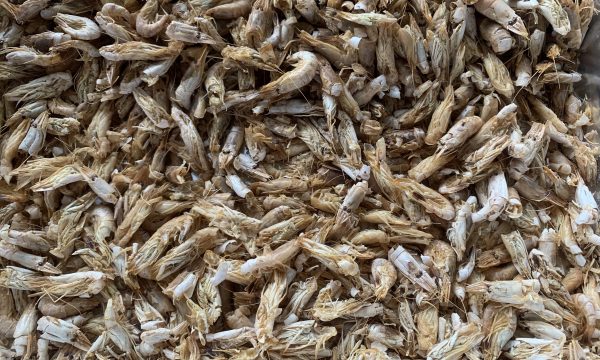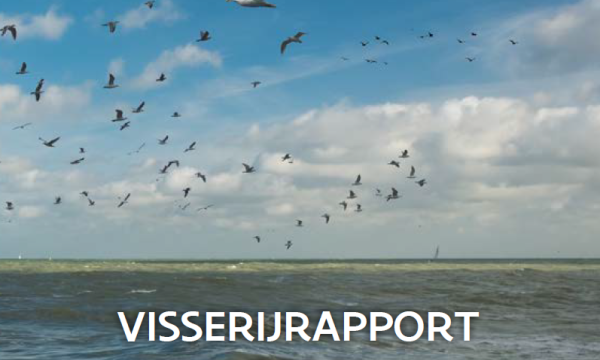Press release Ray, Fish of the Year 2021
Ray will be "fish of the year 2021" in Flanders. VLAM is setting up a promotional campaign around this fish species, with remarkably many nuances and facts. It is again Flanders Institute for Agricultural, Fisheries and Food Research (ILVO) that made the sustainability picture of the "fish of the year". "With ray, we are talking about a large family with species that score highly in terms of population size in the fishing areas of Flemish fishermen, and with species that need protection because of their vulnerable profile," says ILVO researcher Heleen Lenoir. The promotion should -and will- be limited to 3 of the 12 rays present in the North Sea: thornback ray (Raja clavata, RJC), blonde ray (Raja brachyura, RJH) and spotted ray (Raja montagui, RJM). "Since 2021, Flemish fishermen have committed to land only these three species and to return other captured rays to the sea alive."
Skates are considered important commercial species for Belgian fisheries. For those who closely monitor fish stocks, it is clear: more data is now available by species, and certain species of ray, such as thornback ray and spotted ray, are doing well. The fishing industry has reached a point where distinguishing the right ray species is done in an expert manner, and the more sensitive and/or endangered ray species can be protected.
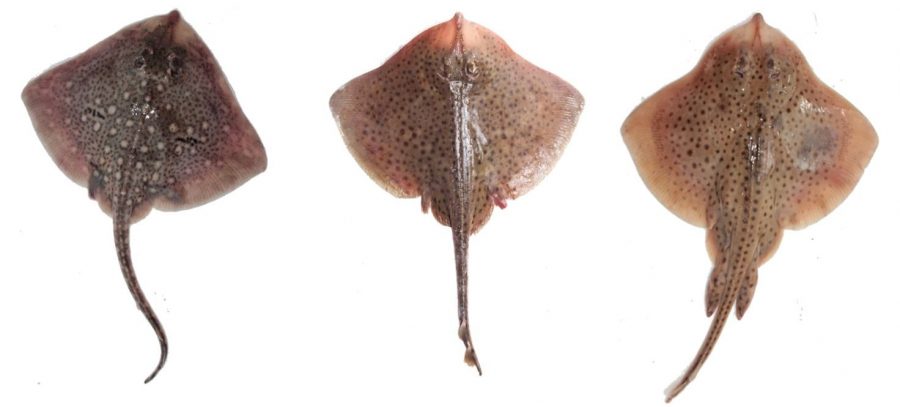
Ray in the North Sea: a nuanced picture
Rays are slow growers. This generally makes them more susceptible to overfishing. About 12 different species of ray occur in the North Sea. The largest numbers are found in thornback ray (Raja clavata), spotted ray (Raja montagui), blonde ray (Raja brachyura) and starry ray (Amblyraja radiata) (Heessen 2010). Heleen Lenoir (ILVO): "In the past, all ray species were considered together as one category when recording catch statistics. For more than 10 years, we determine each species as much as possible. The condition of ray stocks varies according to the species. Stingray and spotted ray are doing well in certain areas, but the biomass (the total number of kilograms estimated to be swimming around) of other ray species is declining" (ICES 2019).
Biological trivia about the ‘Fish of the Year 2021’
Blonde ray, thorny ray and spotted ray become sexually mature around 8 to 10 years of age. Rays lay eggs to reproduce. After mating, internal fertilization takes place. Females lay their egg capsules (from ten to one hundred) on the seabed, where they hatch several months later. Rays have a lower fertility rate than other marine species. Rays can be oviparous throughout the year but lay most eggs between February and August (depending on the stock to which the ray belongs). The maximum age for these three species is between 14 and 23 years.
In terms of habitat, blonde ray occurs in the Northeast Atlantic Ocean from the Shetland Islands to Morocco. Stingray occurs from Iceland to Madagascar, including the Mediterranean Sea. Spotted ray occurs from the Shetland Islands to Mauritania, including the western Mediterranean.

Fishing areas, fish stocks, overfishing?
A stock or fish stock is a subpopulation of a fish species according to habitat. A fish stock is often genetically different from other populations of the same species or may have different life cycle characteristics (e.g. different migration patterns, spawning period, etc.). Consequently, for the same ray species, there are different stocks. The table below shows the status of the different stocks for the three species of skate landed by Belgian fishermen. These data are published by the International Council for the Exploration of the Sea (ICES). The management aims at a fishery in balance with the growth of the fish stocks, this is called the Maximum Sustainable Yield (MSY) level. For this purpose, the spawning biomass is calculated to check the reproductive capacity and a maximum fishing effort is advised.
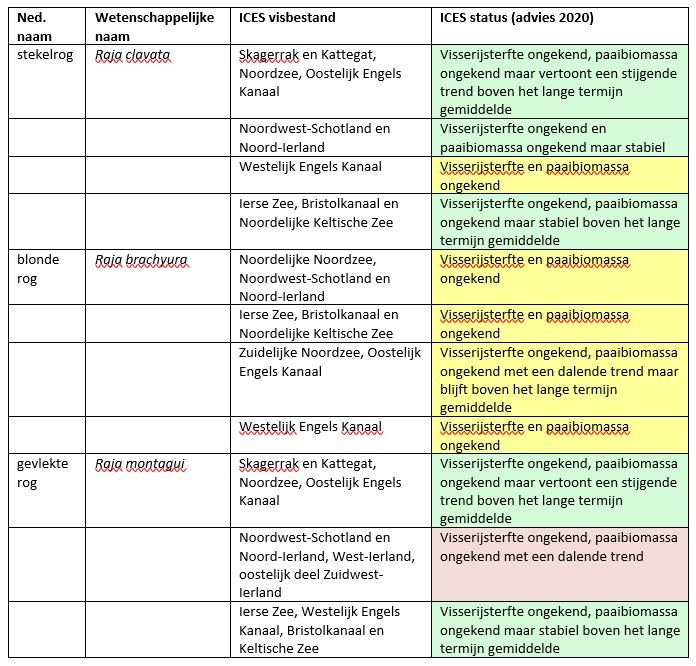
Due to a lack of data, such as accurate amounts of discards and age structure of populations, nearly all ray stocks are currently considered "limited in data" (ICES 2019). Stock estimates, and consequent fishery advice, are based primarily on scientific samples at sea, which due to their limited time and space, only provide an approximate estimate of a fish population. In general, the status of ray stocks is not well known. Biomass trends are available for some stocks. According to the available stock data, the three recommended ray species can cope with the current fishing pressure.
Belgian fishermen catch ray in most cases as a bycatch in the beam trawl fishery. All ray species are managed together as one group, i.e. under one Total Allowable Catch (TAC) due to the lack of species specific fishery data. This creates problems. For example, no distinction is made between differences in abundance, biomass and species-specific sensitivities. Therefore, the sector decided to only land the three ray species for which the stocks are best known. The figure below shows the location of ray landings by Belgian fishermen.
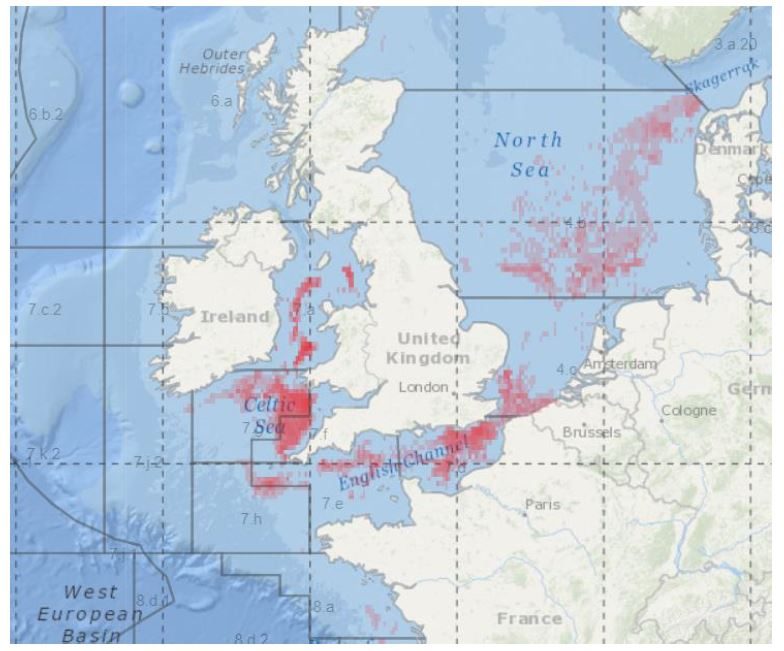
Sector commitment for ray: correct identification where possible
Until 2009, within the figures about the (European) fish population - which form the basis of which the fisheries ministers set annual catch quotas by species and by fishing area - all ray species were recorded together under the general name 'rays'. "Now we have been reporting the catches of rays by species for 10 years, with the help and knowledge of the shipping companies and fish processors."
To address problems of misidentification of rays (and sharks) in Belgian fisheries, ILVO experts have developed and distributed identification kits in the fisheries sector and the Flemish fish auction (cfr. The research project HAROKIT, and the Interreg 2 Seas project SUMARiS). "Currently, we still see one difficulty: distinguishing between sand ray and small-eyed ray. To address misidentification, the fishing industry - the crews of fishing vessels and the sorters in fish auctions - must continue to pay attention to proper training of personnel. ILVO is organizing specialized workshops in the Flemish fish auctions of Zeebrugge, Ostend and Nieuwpoort to use the correct species names."
Final advice
The final scientific recommendations in the assessment of the proposed 'Fish of the Year 2021' by ILVO was as follows: Taking into account the fact that fishing effort is generally decreasing and quotas are respected, ILVO therefore supports ray as Fish of the Year 2021. Stingray, blonde ray and spotted ray can be promoted while the other ray species are no longer fished to avoid putting these often unknown stocks under pressure.
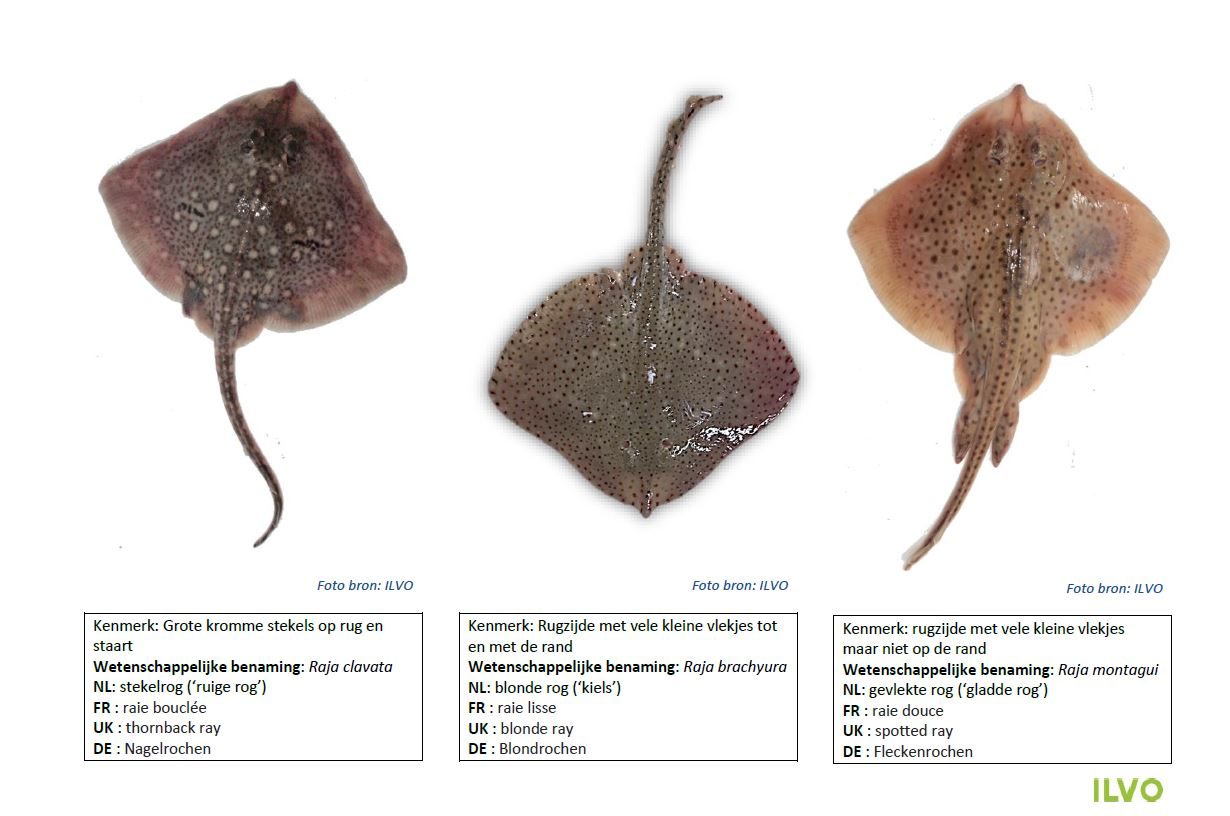
Sources
De Belgische zeevisserij 2020 – Aanvoer en besomming. Departement Landbouw en Visserij
http://www.zeevruchtengids.org
International Council for the Exploration of the Sea (ICES): https://www.ices.dk
VLAM https://www.lekkervanbijons.be...
GeoFish 2021, ILVO www.geofish.be

